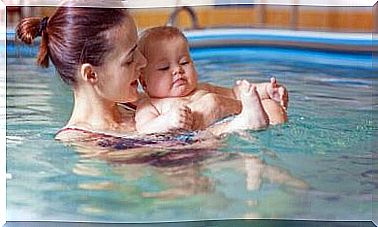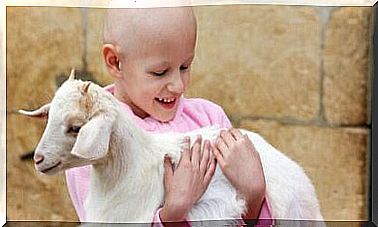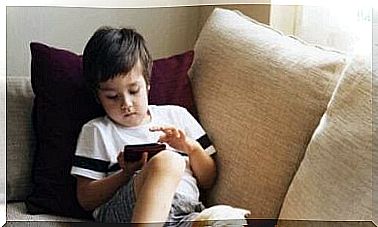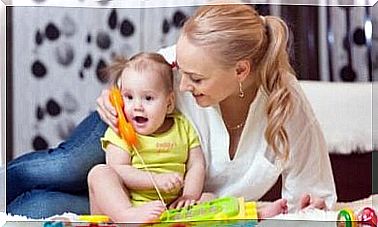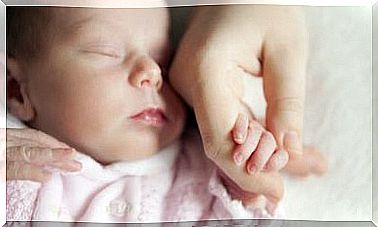What Is Torticollis In Children?
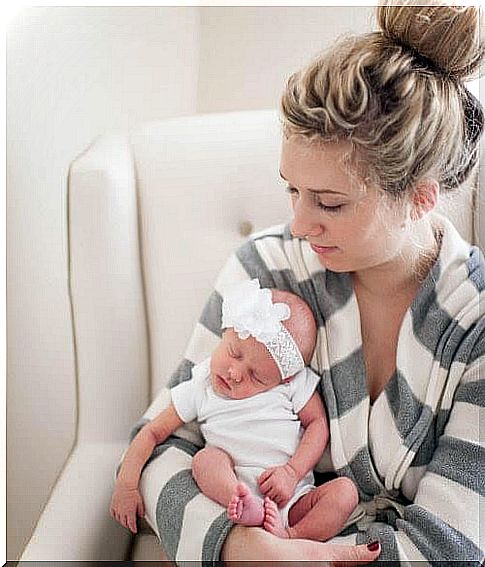
Torticollis, or neck obstruction, can also occur in infants. This is often due to a difficult birth or an incorrect position in the uterus. It is then called congenital muscular torticollis.
Most children do not experience any pain with it, but they may have their head tilted to the side or have trouble turning their neck. Fortunately, with simple exercises and / or conscious stretching exercises, you can help your child get better with time.
So how can you help children with torticollis? First of all, you have to understand what it means.
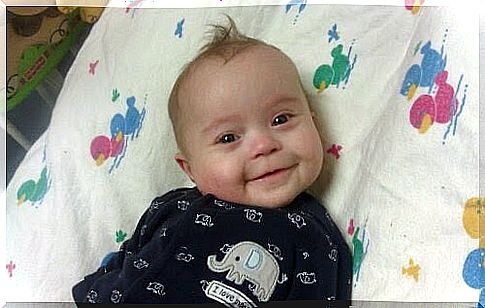
What is torticollis?
Torticollis or “slanted neck” is a condition in which a baby or child has its head and chin tilted to one side, as the child would feel pain if he or she moved his or her head to a more normal position.
With that said, the child can not actually physically turn his head to a normal position. It is called “congenital torticollis” if the baby is born with it.
There are studies that have shown that about 1 in 250 children suffer from it from birth.
In some cases, acquired cervical spine may occur at a later time after birth with the head and chin turned in one direction. One might think that children with the condition are in pain, but this is not necessarily the case.
If there is pain in the picture, it comes from the poor head and neck position. Ideally, if you see that your child’s head is tilted to one side, go to your pediatrician whether the child is in pain or not. He or she will be able to assess whether the condition is serious or not.
Symptoms of torticollis in infants
Torticollis in infants may be suspected when the child has difficulty trying to tilt or move his head. You may even notice it when you hold your baby in your arms.
To know if this is really the fault, you should study the following symptoms, which are quite obvious in these cases:
- The head tilts in one direction
- The child looks over one shoulder instead of turning his head completely when he or she follows a movement
- The baby prefers to breastfeed from one breast, as it can be difficult to reach the other
- The child has difficulty moving his head completely in a certain direction and becomes frustrated when he or she is unable to do so
However, there are other conditions that can have similar symptoms, so it is important to try to differentiate between them.
The next step is to go to the pediatrician as soon as possible to assess the condition:
- Oblique skull deformity. This can happen on one or both sides of the head as a result of the child always lying on a certain side.
- Development of a small bump or swelling in the neck, similar to a knot in a strained muscle.
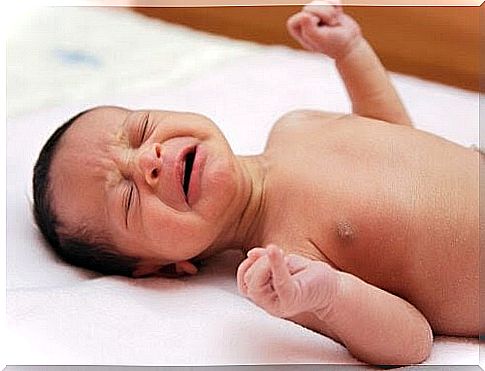
Possible reasons
There are various factors that can cause torticollis in children. It is important to know how it arises in order to be able to find the most appropriate treatment in each individual case.
The sternocleidomastoid (“oblique neck muscle”) is narrowed or too weak
Congenital torticollis usually occurs when the muscle that connects the sternum and the collarbone to the skull (sternocleidomastoideus) narrows and tightens.
This abnormality may be due to an abnormal position in the uterus (the head is tilted in one direction for a long time). Another possibility is that the muscle may have been damaged during childbirth.
Deviations in the cervical vertebrae
Deviations in the formation of the cervical vertebrae are less common. They can be the cause of congenital neck obstruction, a condition called “Klippel-Feil syndrome”.
In this case, the neck bones can either grow together, be deformed or a combination of both.
Hereditary diseases
Torticollis can in rare cases be caused by serious medical congenital conditions.
These can cause damage to the nervous system or muscles, damage to the brain or be due to a tumor on the spinal cord. This is also hereditary and can therefore also occur in infants.
